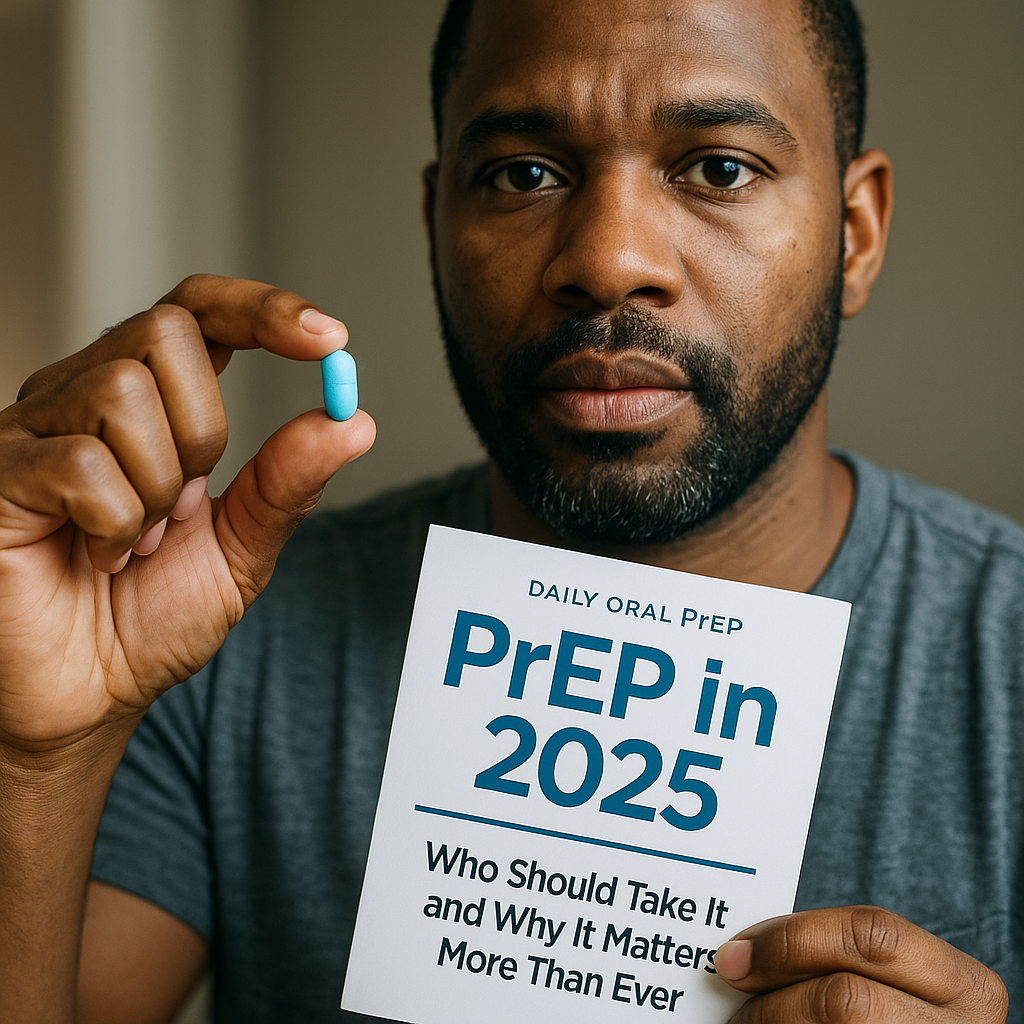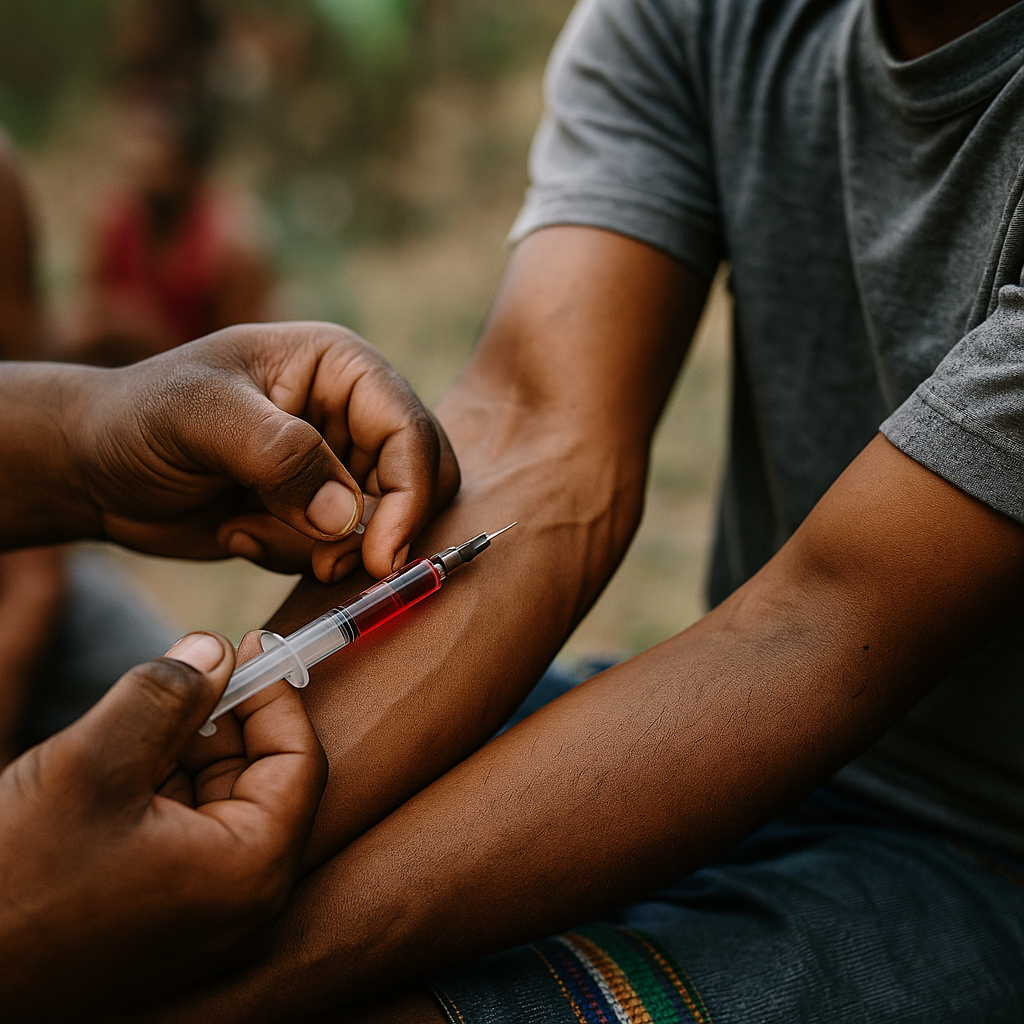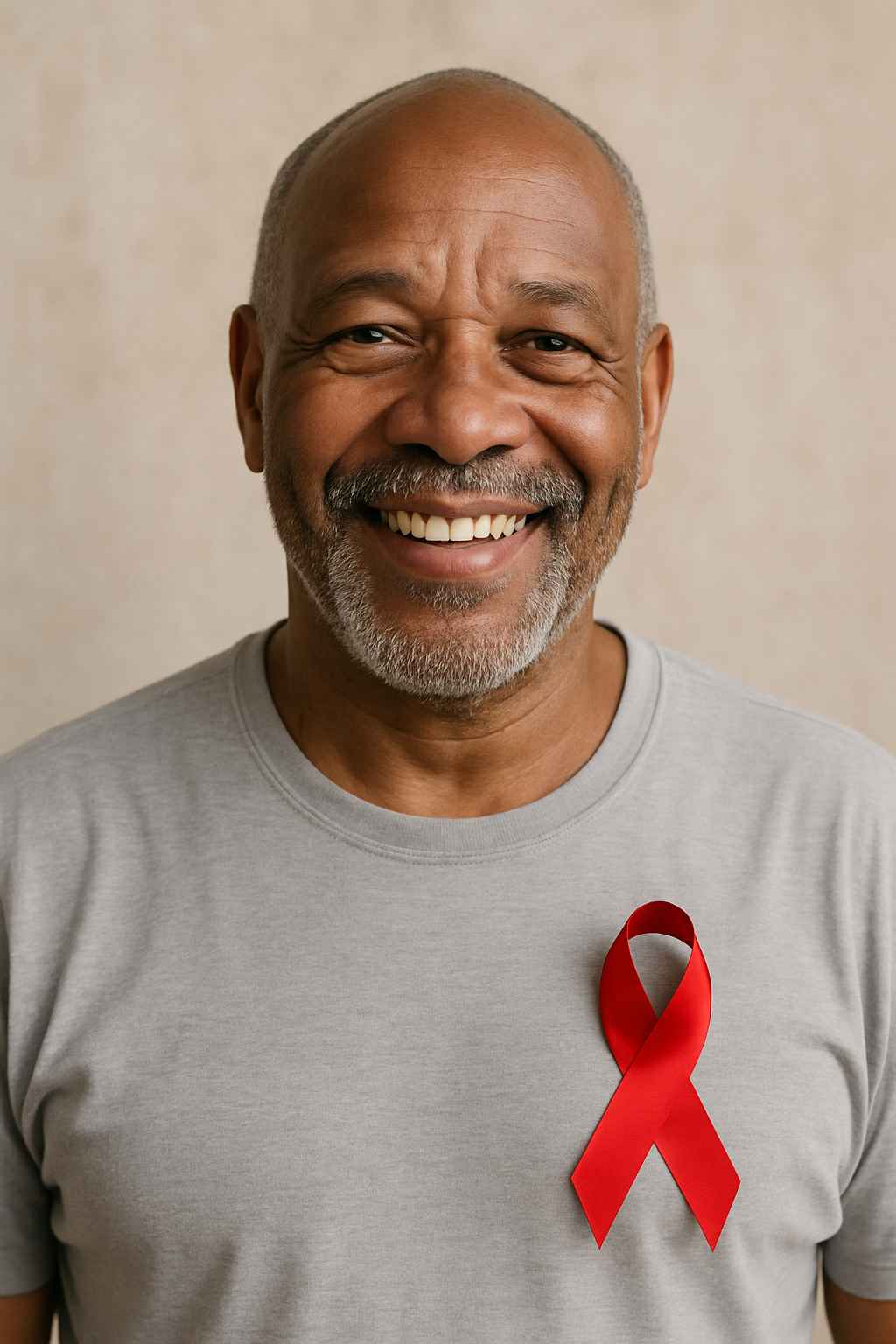
As the world progresses toward ambitious public health goals, the fight against HIV remains a critical concern. By 2025, innovative.
Is it possible to stop the spread of HIV in this decade? With new tools, awareness campaigns, and medical advancements, the answer is more hopeful than ever. HIV prevention in 2025 is entering a transformative phase, shifting from reactive measures to proactive strategies that integrate education, science, and digital health. As transmission rates evolve and healthcare systems improve, so do our methods of preventing HIV.
In this article, we’ll explore the most current and effective approaches to HIV prevention, what innovations are shaping the future, and how individuals and communities can stay protected.
Table of Contents
- The Changing Landscape of HIV Prevention
- Biomedical Advancements: PrEP, PEP, and Injectables
- Community and Behavioral Strategies That Make a Difference
- Digital Tools, Testing, and Healthcare Integration
The Changing Landscape of HIV Prevention
HIV prevention has come a long way from public awareness posters and condom distribution alone. While those remain important, today’s strategies are much more targeted, personalized, and technologically advanced.
In 2025, prevention no longer focuses solely on individual behavior. It also considers structural inequalities, stigma, and access to healthcare. High-risk groups—such as LGBTQ+ communities, people of color, and those in lower socioeconomic areas—still face disproportionate risks. Prevention efforts must meet people where they are, with solutions that are culturally sensitive and accessible.
Moreover, governments and health organizations now emphasize combination prevention. This means layering biomedical tools, education, behavioral interventions, and support systems to create a holistic defense against new infections
Education remains a cornerstone. When people understand transmission risks and how to avoid them, they are more likely to take action. As misinformation spreads quickly online, trusted educational platforms like Health.HealingWell.com play a vital role in dispelling myths and encouraging safe practices.
Biomedical Advancements: PrEP, PEP, and Injectables
One of the most significant breakthroughs in HIV prevention has been the development of Pre-Exposure Prophylaxis (PrEP). Medications like Truvada and Descovy have already changed lives, and now, newer long-acting injectable versions such as Apretude (cabotegravir) are taking center stage.
Unlike the daily pills, Apretude is administered every two months, increasing adherence and privacy for users. This is especially beneficial for individuals who face challenges with daily pill routines or wish to avoid stigma associated with taking HIV medication.
Another tool in the prevention arsenal is Post-Exposure Prophylaxis (PEP). Taken within 72 hours after potential exposure, PEP significantly reduces the risk of infection. Awareness and rapid access to PEP are improving thanks to expanded pharmacy programs and telehealth consultations.
Meanwhile, researchers continue to explore vaccine possibilities. While no HIV vaccine has reached mainstream use yet, several candidates are in late-stage trials with promising early data.
Combined, these biomedical tools allow individuals to tailor their prevention plans based on lifestyle, risk factors, and comfort.
Community and Behavioral Strategies That Make a Difference
Behavioral strategies remain foundational in HIV prevention. Encouraging safer sex practices, reducing needle sharing, and fostering open conversations about risk remain critical, especially among younger populations.
Organizations are also developing peer-led interventions. These empower people within at-risk communities to educate, guide, and connect others to services. Peer educators have proven particularly effective among Black and Latinx men who have sex with men (MSM), where cultural trust plays a pivotal role in prevention.
Harm reduction efforts, such as needle exchange programs and supervised injection facilities, continue to reduce HIV transmission among people who inject drugs. These strategies are controversial in some areas but supported by global health agencies like the World Health Organization due to their evidence-based success.
Sexual health education has evolved, too. Rather than shaming or generalizing, modern programs focus on consent, empowerment, and accessibility. They include information about PrEP, testing, and STI management.
Resources like Healthcare.pro help individuals find local clinics, LGBTQ+ support, and prevention programs tailored to their needs.
Digital Tools, Testing, and Healthcare Integration
Technology is reshaping how HIV prevention reaches people. In 2025, mobile apps, telemedicine, and digital platforms play major roles in facilitating access to care.
Self-testing kits, now available in most pharmacies and online, allow individuals to test privately and receive accurate results in minutes. This reduces the fear or embarrassment often associated with clinic visits.
Telehealth has further expanded access to PrEP and PEP. With a smartphone and internet connection, patients can consult healthcare providers, get prescriptions, and receive discreet delivery of medication.
Smart reminders, sexual health trackers, and geo-targeted health alerts are also helping people stay on track. Apps like MISTR, PlushCare, and Q Care+ integrate prevention tools into easy-to-use platforms that encourage consistency and informed decision-making.
Beyond the individual, healthcare providers are now more integrated in prevention efforts. Routine HIV screening is increasingly a part of primary care, especially for sexually active adults. Stigma around testing is being replaced with a normalized, health-forward approach.
Additionally, public health departments and nonprofits are using data to identify gaps in prevention coverage and deploy resources where they are needed most.
Conclusion
HIV prevention in 2025 is not a one-size-fits-all approach. It’s a multifaceted system that combines medical innovation, digital access, education, and community empowerment. With long-acting PrEP, accessible testing, and a deeper understanding of social dynamics, we’re closer than ever to ending the HIV epidemic.
Still, prevention only works when people know their options and can access them without barriers. Everyone—from healthcare professionals to community leaders to patients themselves—has a role to play in continuing the momentum.
FAQs
What is the most effective form of HIV prevention in 2025?
Long-acting PrEP injectables like Apretude, when taken as prescribed, offer the highest level of protection for at-risk individuals.
Is HIV prevention just for high-risk groups?
No. HIV can affect anyone. Prevention is important for all sexually active individuals, especially those with multiple partners or unknown partner status.
Are there any vaccines for HIV yet?
Not yet. However, several promising candidates are in clinical trials and may become available in the future.
Can I get HIV prevention medications through telehealth?
Yes. Many platforms now offer telehealth consultations for PrEP and PEP with prescription delivery services.
Where can I find reliable HIV prevention resources?
Visit Healthcare.pro to connect with clinics and prevention services, or read expert content on Health.HealingWell.com.
This content is not medical advice. For any health issues, always consult a healthcare professional. In an emergency, call 911 or your local emergency services.



